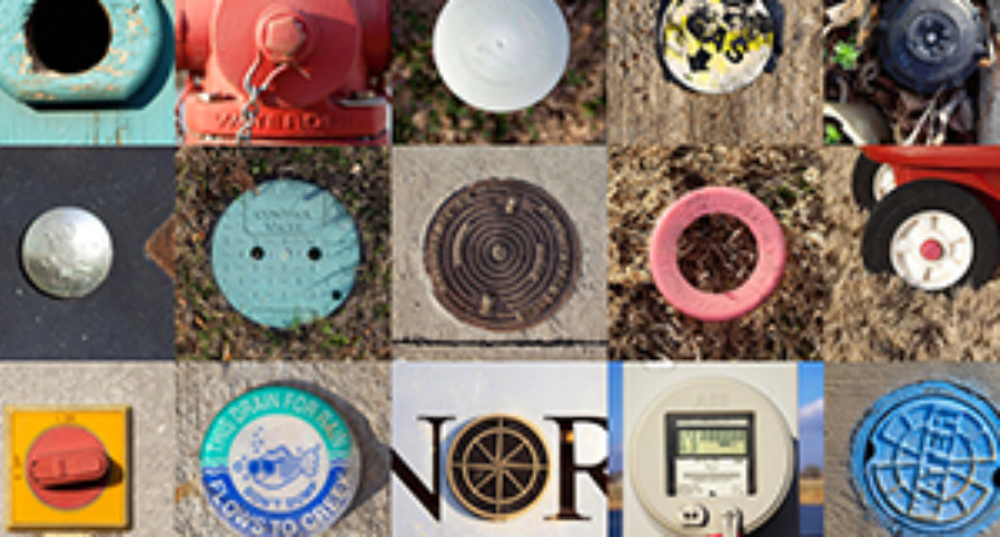
Learning to See
My teenage daughter recently expressed an interest in photography. As a photographer myself, I was very excited about this opportunity to teach and to spend time with her.
As professional digital cameras are quite complex in terms of their settings and a middle school student's attention span is very short, I thought it would be best if we focused our energy on the act of 'seeing' rather than the technical aspects of photography. "You can always learn how to operate the camera from reading the owner's manual," I said. She looked at me the way that kids do and said, "Dad, I already learned how to use the camera by watching a YouTube video."
A successful photographer must have a very active mind and be able to 'see' the photograph before it's taken. You need to be a keen observer to see contrasting items that may be great when captured together or paired later. For example, you may see a bird and will need to anticipate its movements so you can get the best shot. You may need to eliminate a lot of visual clutter from your view to reveal a tiny detail. Mundane items may need to be photographed with unique perspectives to show them in a new way.
As a school designer, I spend a lot of time talking about student engagement. Putting the student in charge of their own learning is one way to increase engagement, so we worked together to select a theme for our photo safari. We selected a theme of circles, which gave us a focused goal and allowed us to keep our interest level high. We walked through the neighborhood searching for circles, looking both up and down. When we photographed, we worked on the scale. If every item filled the same amount of the frame, then the individual scale of each item became more abstract. Presenting the final photos was fun as well. We experimented with different arrangements of the photos which resulted in a photographic 'quilt'.
This photo safari project aligns itself with the current thoughts about discovery education which immerses students in real problem-solving tasks. It allowed her to gain new skills, both technical and emotional by enhancing her observation skills. Observation is a skill that benefits the entire brain through focus, attention to detail, analysis, and memory.
As a parent, you are also your child's first teacher, a task that is both challenging and rewarding. Taking the time to walk a little slower and look a little more gave us a chance to understand our world a little better and made our family bond a little bit stronger. Whether she becomes a photographer in the future, only time will tell, but I know that her ability to see the world around her will surely be rewarding.